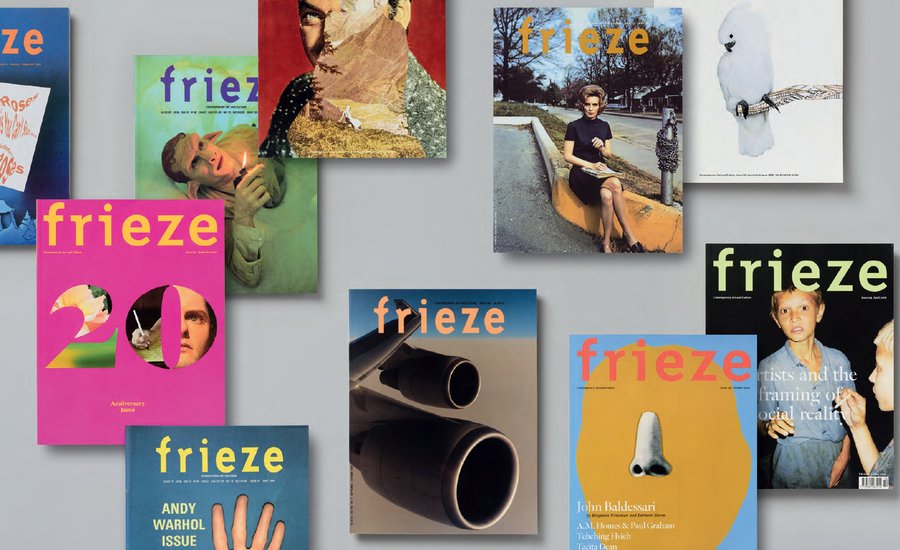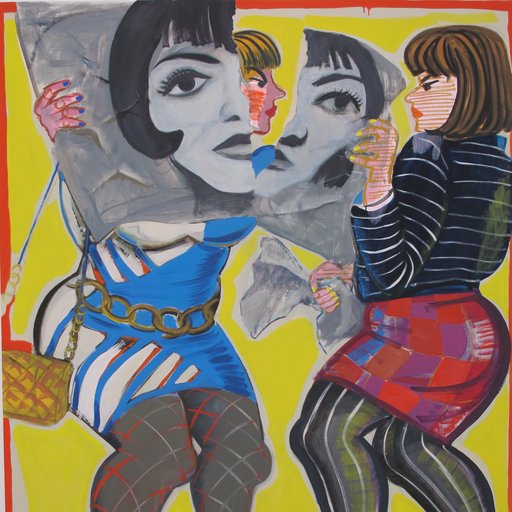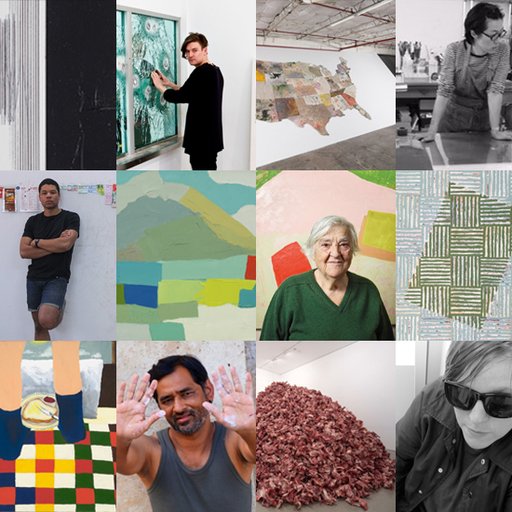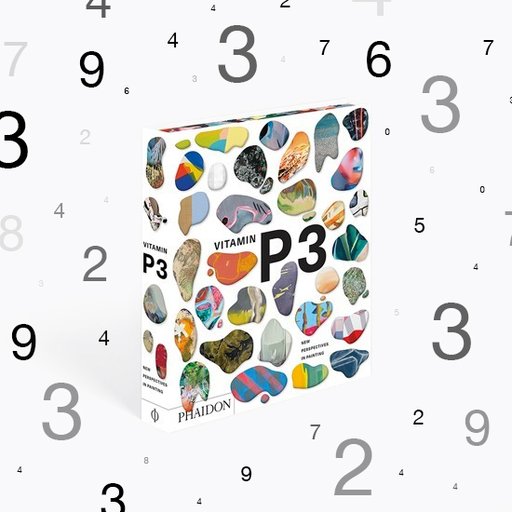London’s Frieze Art Fair is one of the highlights of the international art calendar, drawing droves of collectors and enthusiasts from around the world to browse the wares of today’s most prestigious galleries and hobnob with like-minded insiders. It wasn’t always this way, however. Some 12 years before the fair’s first edition in 2003, its founders Amanda Sharp and Matthew Slotover were busying themselves with another, very different startup project: frieze magazine.
Started in 1991 in the midst of the Y.B.A . explosion (their first issue featured one of Damien Hirst ’s butterfly paintings) along with Sharp and Slottover’s friend Tom Gidley , frieze's editors sought to provide a fresh and somewhat irreverent take on contemporary art in the widest sense of the term through critical writing, reviews, interviews, and personal accounts. With its highly readable and always of-the-moment articles, frieze stands in stark contrast to more self-consciously esoteric publications like October or Texte zur Kunst and has the audience (and parody Instagram account ) to prove it. Frieze now runs four separate and widely respected publications ( frieze, frieze d/e, Frieze Masters Magazine, and Frieze Week ) in addition to three art fairs ( Frieze New York, Frieze London, and Frieze Masters ), making it one of the most influential and widely respected business in the art world.
To celebrate
frieze
's
25 years of excellence, herald the start of the fair that bears its name, and
shine some light on the origins of this storied magazine,
we’re excerpting Sharp and Slotover’s forward to
Phaidon’s
new title
frieze A to Z of Contemporary Art
.
To purchase the book and brush up on some of the best art writing from the past quarter-century, click
here
.
The recession of the early ‘90s hit London hard, but the empty shops, offices, and warehouses gave artists an opportunity to self-organize. Returning to London from university in 1989, we had missed the Damien Hirst -curated “Freeze” (and hadn’t even heard of it when we titled the magazine) but saw “Modern Medicine” and many others, and felt an incredible buzz around them. We wanted to understand this new art, and turned to the magazines, but found them full of indigestible writing, uninspiring layouts and outdated perspectives. We had grown up with a generation of British style magazines— Arena , The Face , i-D —which were so exciting we collected piles of them. Why couldn’t there be a magazine like those—beautifully designed, jargon-free, informed—but for art?
We launched the pilot issue with Tom Gidley, our co-founder, in June 1991. A slim 32 pages, it was designed as a taster, but the formula—older and younger artists, non-art features, artists’ projects—still holds today. That issue included the first ever published interview with Hirst, by Stuart Morgan, and a clever, funny and subversive project by Angus Fairhurst. Stuart was Europe’s leading art critic, and became our editor at large. We met Tony Arefin, designer of London’s best art publications, and shared his office in Denmark Street. Stuart and Tony became our mentors, and we are eternally grateful—frieze would not have succeeded without them.
After the first issue, we took a trip to New York, where we met Gavin Brown at a party generously thrown for us by curator Clarissa Dalrymple. Gavin was working at 303 Gallery, and briefly became frieze’s US editor, until starting his own gallery a year later. Artist Collier Schorr replaced him as editor and added a unique take on art, fashion, pop culture and queer theory. Back in London, James Roberts joined us as reviews editor in 1997, taking over as editor three years later. All were brilliantly talented individuals, with distinctive attitudes and voices.
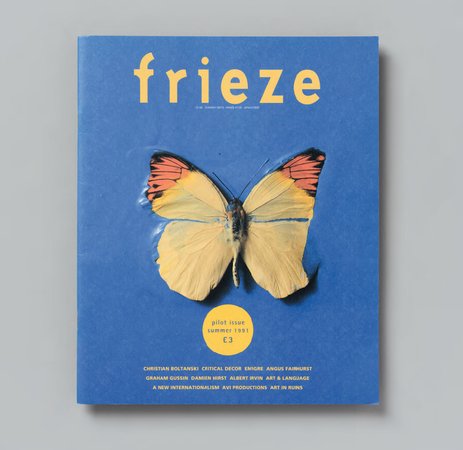 frieze's
pilot issue, 1991
frieze's
pilot issue, 1991
We learned on the job, but today frieze has real editors, who unlike us are also truly great writers. Art publishing overall, too, feels in better shape than 25 years ago: the way people talk about contemporary art is more informed, confident, and accessible. It will always be difficult to put art into words, but we believe that the more exposure there is to art, and to good writing about it, the better the conversation is going to be.
There is more contemporary art media today—magazines, websites, social media—and also exponentially more art. We believe art writing has only become more important, as a way of navigating this abundance. However much frieze adapts to the changing world of art—whether expanding the global mix of artists, or moving into video —the function of art criticism remains the same: to look at the art being made, try to work out what’s important, and to interpret it. If writers can create a new way of understanding art, or even thinking about the world, so much the better.
There wasn’t room to include all our favorite pieces in this volume, but it gives a good flavor of frieze’s first 25 years. We are very grateful to both the contributors in this volume, and all those who have written for frieze over the last 25 years. Editors, designers, artists, galleries, and readers all make a magazine—but in a special sense, it is the writers and their words that make frieze what it is.
[related-works-module]











